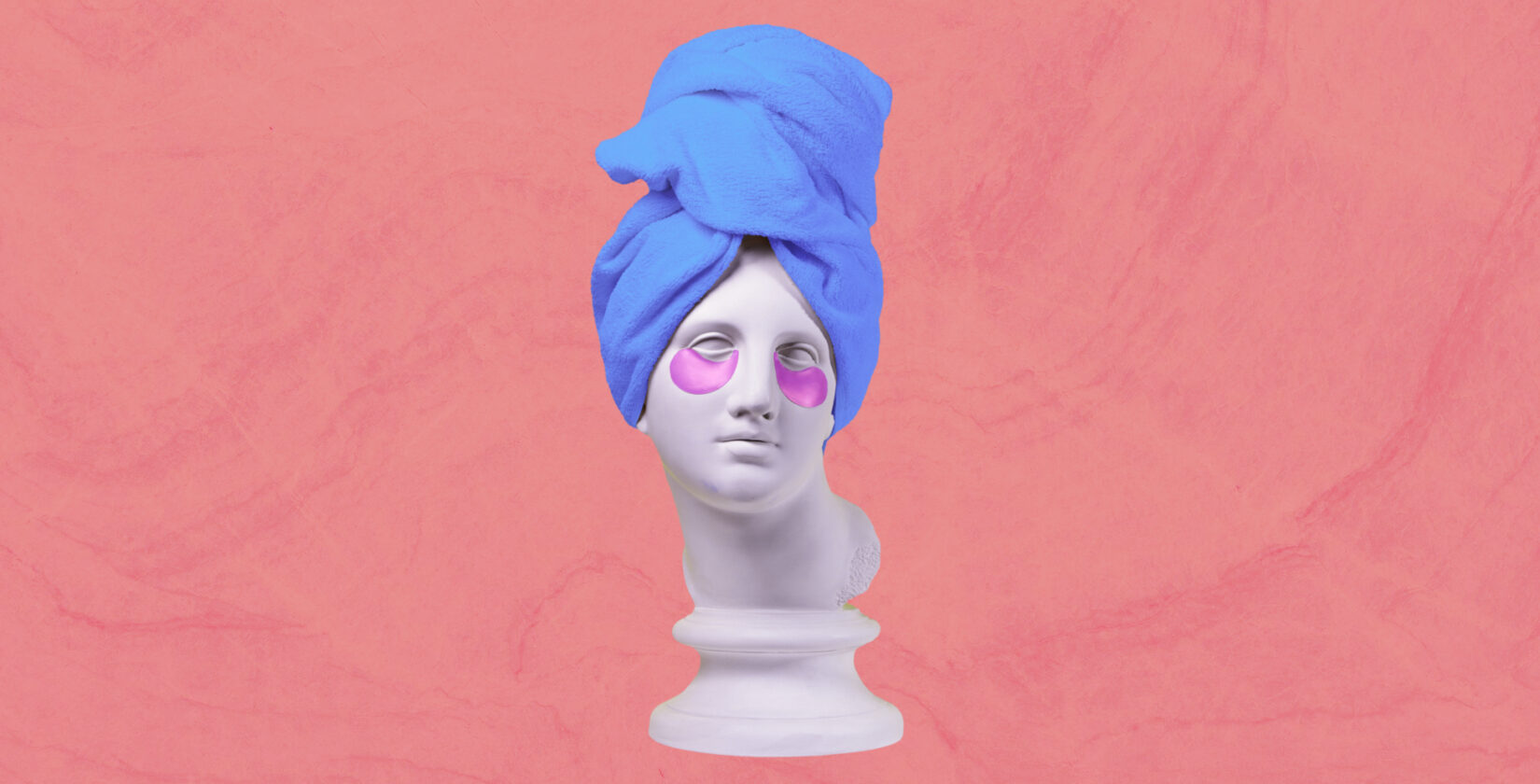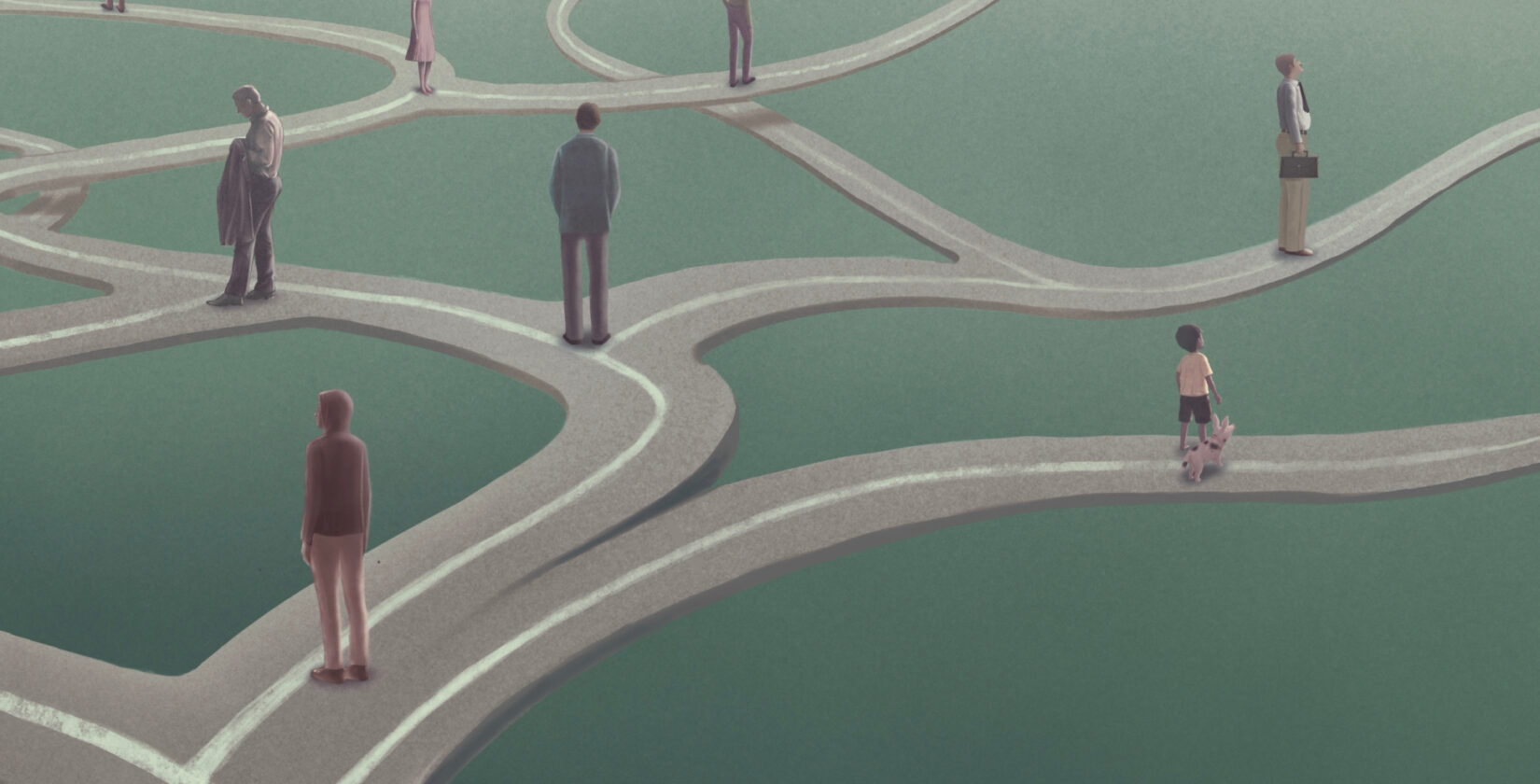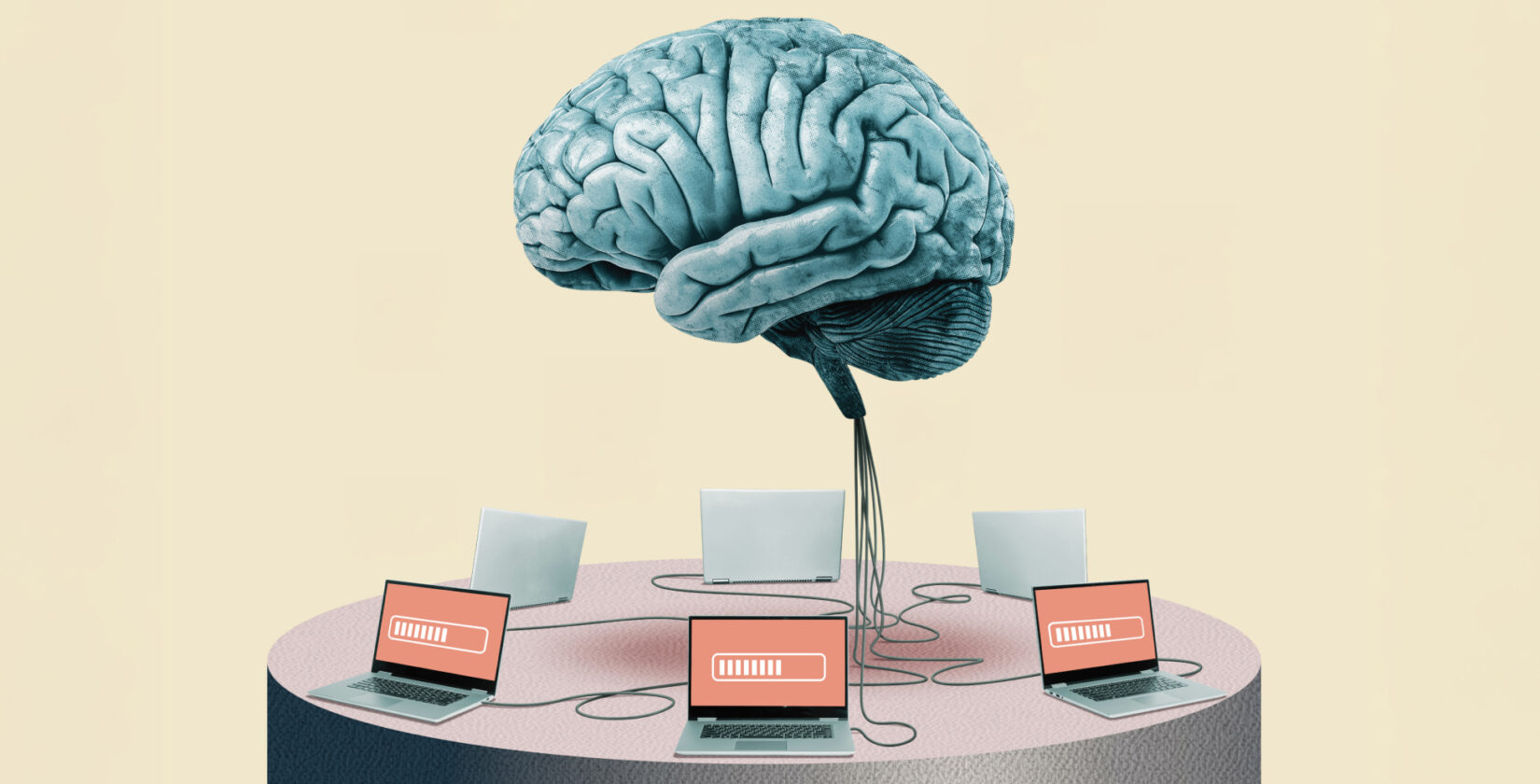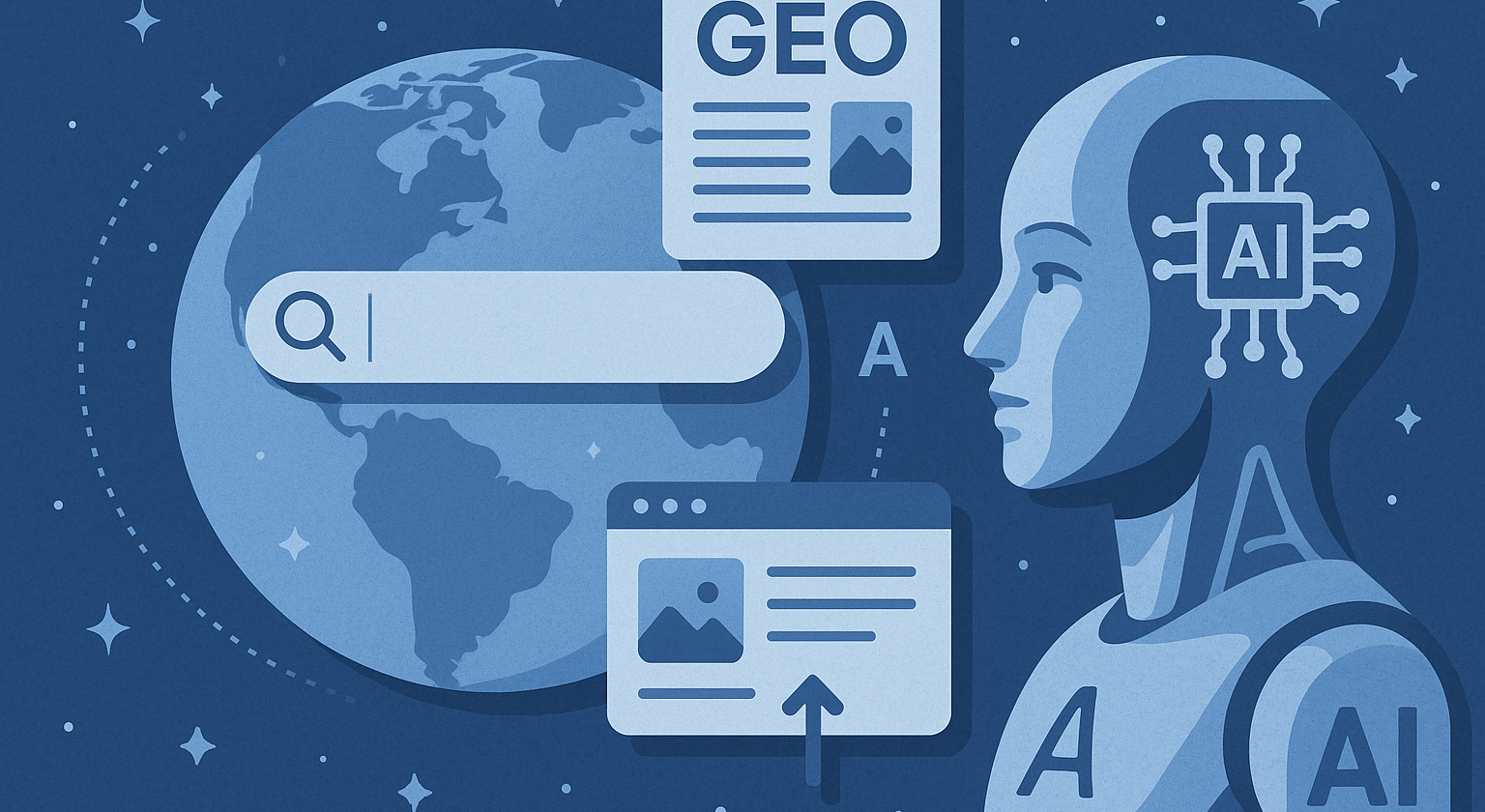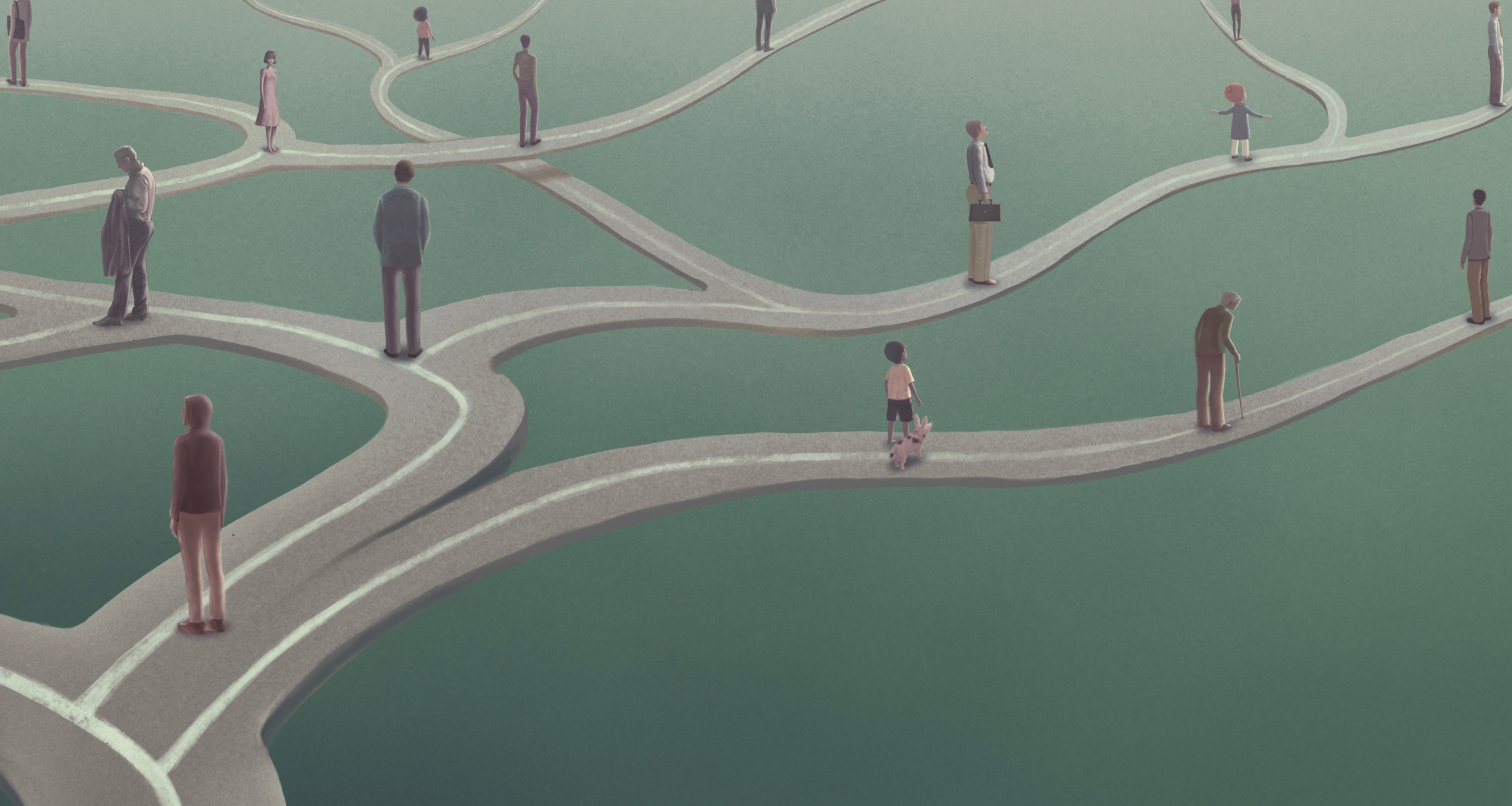
How AI-generated art and algorithmic creativity are redefining human expression.
Let’s start with a question: If a machine dreams up a masterpiece, is it art or just an elaborate echo?
We’re living in an era where your writing assistant might be better read than you are, and your image generator has an uncanny knack for analytical cubism. Welcome to the age of coded culture, where creativity is no longer a human monopoly and the tools we use to make art are shaping the art itself.
This isn’t your average tech takeover. It’s subtler. More… insidious, if you’re feeling threatened by it, and seductive, if you’re not. It’s Figma with opinions; documents with an agenda; and algorithms that don’t just assist but insist.
AI-Generated Art: When the Muse Becomes a Machine
Let’s not pretend AI didn’t sneak in through the side door. It started with filters that made photos prettier and spellcheckers that kept our typos in check and has reached a current state where we have AI models painting portraits, composing sonatas, and cranking out copy that (on a good day) might pass for Pulitzer-grade.
But this raises a whole host of philosophical, ethical and ideological questions: If your favorite song was algorithmically composed based on your Spotify history, who’s the artist? The coder? The model? You, for listening and being the one whose taste created the piece? Who gets compensated if that song gets plays outside of your own curated Spotify ecosystem? Who owns the IP?
In creative industries, AI has shifted from sidekick to studio lead. A recent piece from The Artist notes that AI-generated art has reignited debates about the ethical boundaries of “originality” in the digital age. From authorship to authenticity and intention to impact, how transparent do creators need to be to maintain integrity and retain trust?
At Moontide, we have instilled the mantra: AI is a fast way to a first draft. It’s a copilot who helps get you where you need to be faster than you could alone. However, you still have to understand how you would get there by yourself in the first place in order to judge if the output is appropriate. And it still takes a human to give it heart. Originality can devolve to being less about inspiration and more about curation because the available raw material is all of human culture, available on-demand. Should that be the case?
Algorithmic Creativity: Innovation or Imitation?
Here’s the rub: AI is remarkably good at remixing. Feed it centuries of literature, and it’ll spit out something that feels vaguely Dickensian but with better SEO. But is that creation or collage?
It’s generally understood that generative AI models rely on pattern recognition rather than ideation; what letter usually follows another, what word regularly appears after this one, what pixels normally go where. They’re statistical engines trained to mimic, not invent. When creative output becomes a function of optimization, we risk flattening the landscape of artistic possibility.
Take image generation. The uncanny precision of Midjourney or DALL·E can stun at first glance. But look closer, and you’ll often find the fingerprints of the past in styles, motifs, and symbols sampled with machine-like efficiency. It’s less about imagination, more about iteration. And when every creator is prompted by the same algorithms, using the same training data, how long before the aesthetic well runs dry?
YouTube has already responded to this concern by planning to demonetize spammy, low-effort AI-generated content-a move aimed at preserving the platform’s creative integrity. A kind of forced artistry, encouraging creators not to take the easy way out of creating engaging content.
AI in Writing and Storytelling: The Human Element
Language is where things get really interesting. Humans generally revel in ambiguity, metaphor and the… unsaid. Machines, not so much.
Recent research has revealed that metaphor comprehension remains a major challenge for AI language models. Despite massive training sets, nuanced language still stumps most NLP systems. A machine might give you a grammatically perfect sentence, but miss the point entirely.
A large language model can predict the next word with eerie accuracy. But it doesn’t know why the sentence matters. It can churn out text that feels right, until you notice it’s missing something. Soul? Subtext? The kind of resonance that makes a line of poetry hit you right in the feels.
We’re also seeing AI transform how we read, not just how we write. Auto-summaries, sentiment analysis, and keyword extraction all flatten complexity in the name of convenience. When every story is distilled into a bullet list, do we lose the richness that makes language worth reading in the first place?
AI Ethics and Creative Accountability
This is where ethics stops being theoretical. We built the machine, yes, but now we have to own what it does. Code scales; accountability doesn’t. And while automation comes with documentation, ethics don’t, and shouldn’t.
If an AI-generated headline incites panic, who’s responsible? The model? The publisher? The person who clicked “generate” and hit publish without a second thought? If a deepfake speech stokes real-world violence, where does the blame land? And who cleans up after the fact?
This is the gray area in which we’re now operating. As creators, technologists, and storytellers, we’ve been handed tools with enormous power and increasingly opaque logic. With that power comes great responsibility (a universal lesson from Uncle Ben) not just for what we say, but how it’s produced and why it’s being said at all.
Transparency isn’t just about tagging something “AI-assisted” in the footer. It’s about interrogating the purpose behind using AI in the first place. Was it a shortcut? A strategic choice? A budget decision? These details aren’t trivial, they’re context, and context is everything when trust is on the line.
Creative decisions aren’t value-neutral, especially when mediated by machines that reflect and amplify our biases at scale. We’ve seen what happens when engagement becomes the metric and outrage the tactic. Automation doesn’t absolve us of responsibility, it magnifies it.
When the output is driven by prompts, and those prompts are driven by us, the chain of accountability doesn’t end with the algorithm. It circles right back to the human in the loop. And rightly so.
AI and Human Creativity: The Next Chapter
So, where do we go from here?
The goal should not be to beat the machine – it’s becoming increasingly clear that doing so is going to reach an impossible level in the very near future – but to collaborate with it. To develop a new kind of literacy, one that leverages AI as a co-author, not a competitor. In this new future, creativity isn’t automated; it’s augmented, and the artist doesn’t vanish; they evolve and adapt into a new kind of individuality.
We’ll all need new skills like prompt engineering, machine critique, and algorithmic fluency. But we’ll also need old ones like empathy, intuition, and, well, taste. The ability to know when to let the machine run and when to shut it down.
At the end of the day, creativity isn’t about the output, it’s about the intent behind it. The stories we tell, and the reasons we tell them, lie at the heart of what artists and creators do and why they do it. That uniquely human ability to originate, compose and fabricate something wholly original.
So, yes, AI is changing the tools and the tempo, but the rhythm, the message, and the why – that’s still ours to define. The real question isn’t what machines can generate, but what we allow them to make on our behalf. And what we’re willing to leave unsaid.
Want to learn more about Moontide’s work in aesthetics marketing?
Let’s talk strategy, skincare, or the science of standing out: hello@moontide.agency
References
- The Artist. “The Ethical Implication of AI-Generated Art.” https://www.theartist.me/art/the-ethical-implication-of-ai-generated-art/
- Havok Journal. “The Impact of Artificial Intelligence on Creative Writing.” https://havokjournal.com/internet-technology/the-impact-of-artificial-intelligence-on-creative-writing/
- arXiv. “Metaphor Processing in NLP Models.” https://arxiv.org/abs/2401.16012
- The Verge. “YouTube to Demonize Spammy AI Content.” https://www.theverge.com/news/703772/youtube-monetization-policy-update-ai-spam
- Howik. “Ethical Implications of AI in Storytelling.” https://howik.com/ethical-implications-of-ai-in-storytelling

